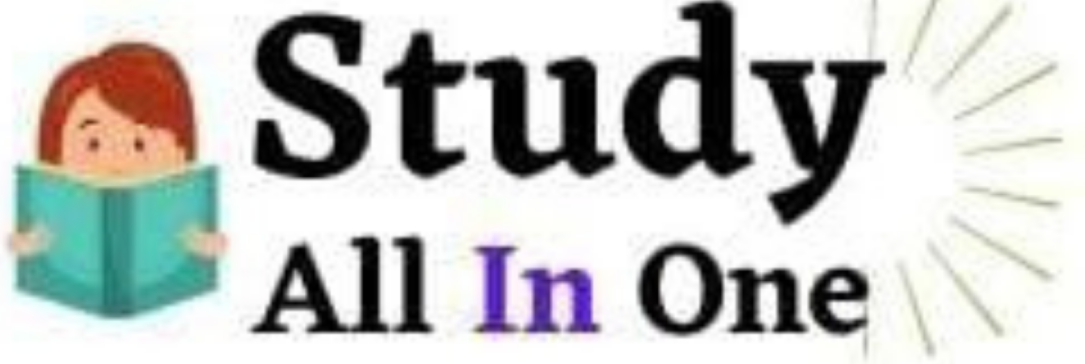Bias is an inherent part of human thinking. Whether or not it’s cultural, personal, or societal, bias influences how folks perceive the world and make decisions. These mental shortcuts could be helpful for quick judgments, however they typically lead to errors in thinking and behavior. One of the vital efficient ways to challenge and overcome bias is by actively seeking and considering various perspectives.
An alternate perspective refers to a viewpoint that differs from our own. This difference can come up from different life experiences, cultural backgrounds, training, or even professional training. When individuals open themselves to totally different ways of thinking, they create opportunities to break down the mental filters that always distort reality. This process not only sharpens critical thinking but also enhances emotional intelligence and empathy.
Overcoming bias starts with recognizing it. People are often unaware of their own biases, which operate unconsciously. They affect how individuals interpret events, choose others, and solve problems. For example, confirmation bias leads individuals to seek out information that helps their present beliefs while ignoring proof that contradicts them. Different views act as a counterbalance, forcing individuals to reevaluate their assumptions and consider new information objectively.
In group settings, numerous views are crucial for avoiding groupthink—a phenomenon where the desire for harmony or conformity ends in poor decision-making. When everyone in a bunch thinks alike, dissenting opinions may be suppressed, and potential problems overlooked. By together with voices from totally different backgrounds, teams can establish blind spots, innovate more effectively, and make higher decisions.
Alternative perspectives are additionally key in battle resolution. Disagreements typically escalate because each side is deeply rooted in their own worldview, believing it to be correct. By actively listening to and attempting to understand another individual’s point of view, individuals can find frequent ground and move toward mutual understanding. This doesn’t suggest always agreeing, but it does mean being open to the possibility that one’s initial perspective won’t be the only legitimate one.
In schooling, encouraging students to explore varied viewpoints helps develop critical thinking and reduces the risk of ideological echo chambers. When students are uncovered to completely different interpretations of history, literature, or science, they be taught to evaluate arguments more careabsolutely and think independently. This kind of intellectual flexibility is vital in an more and more complicated and interconnected world.
Businesses and organizations additionally benefit after they promote various perspectives. Inclusive workplaces where numerous opinions are encouraged tend to perform better. They are more adaptable, artistic, and resilient. Employees really feel more valued when their viewpoints are heard, which boosts morale and productivity. Moreover, understanding buyer needs from numerous cultural or demographic angles may give companies a competitive edge in a world market.
Technology and social media have amplified the impact of bias, often through algorithms that reinforce what users already believe. This makes it even more necessary to actively seek out views that challenge one’s own. Curating a various digital environment—following folks with completely different political, cultural, or social views—can provide valuable insight and assist break echo chambers.
Creating the habit of asking questions reminiscent of “What if I’m wrong?” or “How may another person see this?” can gradually weaken the hold of bias. These questions invite reflection and reduce the emotional investment in being right. Over time, this practice creates a mindset that values fact over comfort and development over certainty.
In sum, overcoming bias requires effort, humility, and the willingness to engage with concepts that may really feel unfamiliar or uncomfortable. Various views function a robust tool in this process. They broaden our understanding, challenge our assumptions, and in the end lead to wiser, more balanced decisions. Embracing totally different viewpoints shouldn’t be just a strategy for personal growth—it’s a necessity for building more inclusive and efficient communities.
If you have any inquiries regarding where and how you can use Exploring the other side of the story, you could call us at our website.
